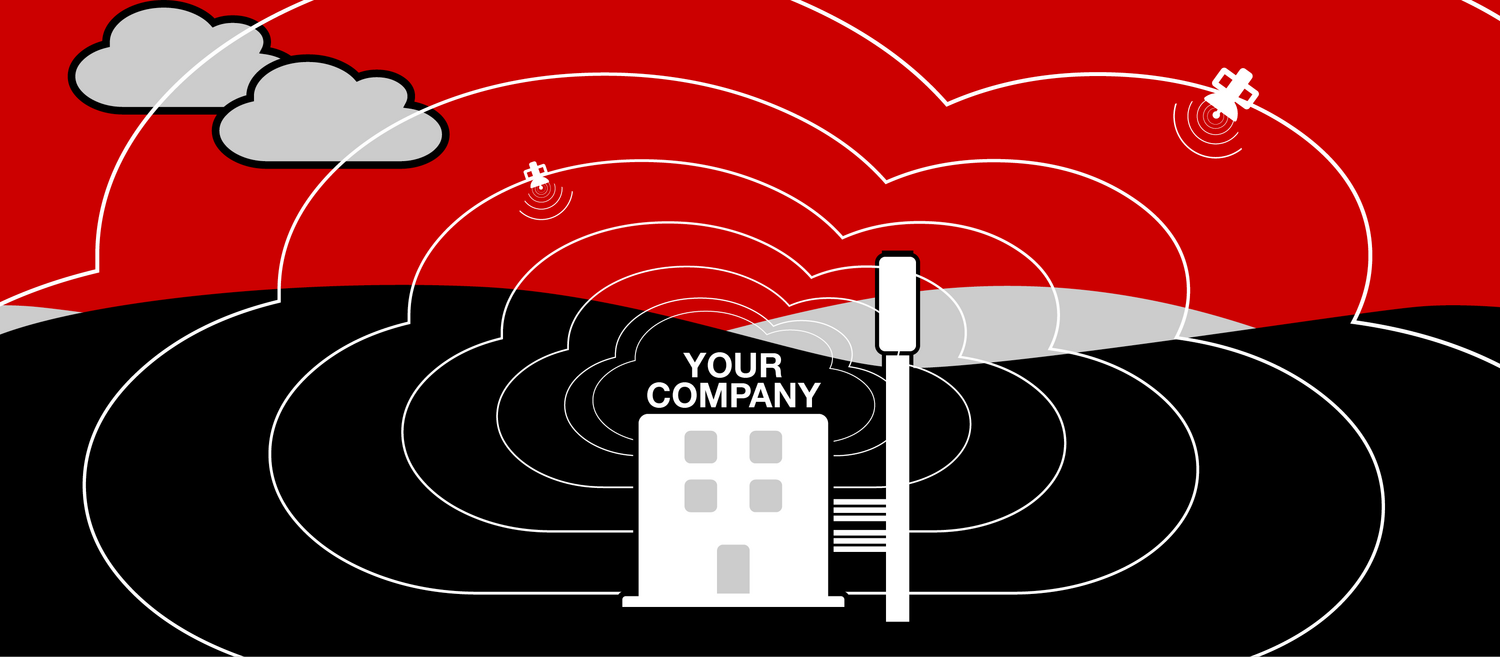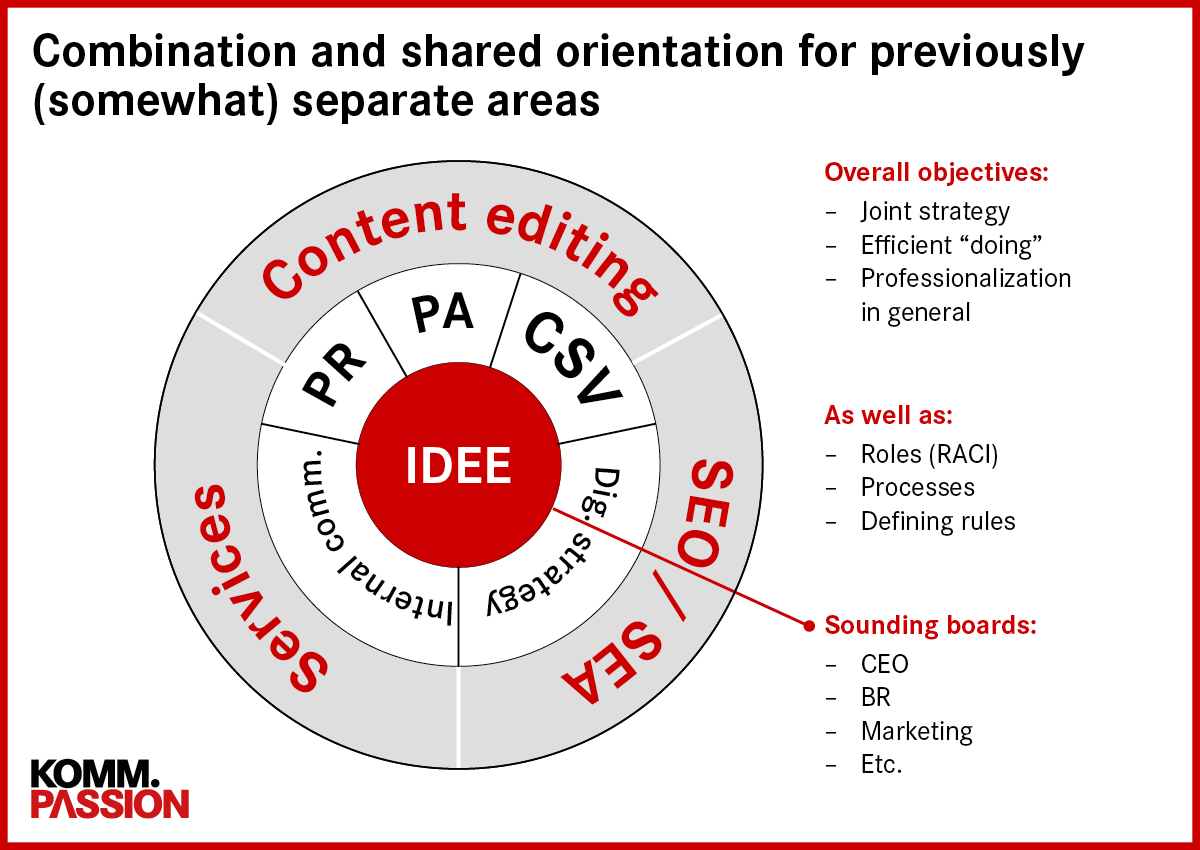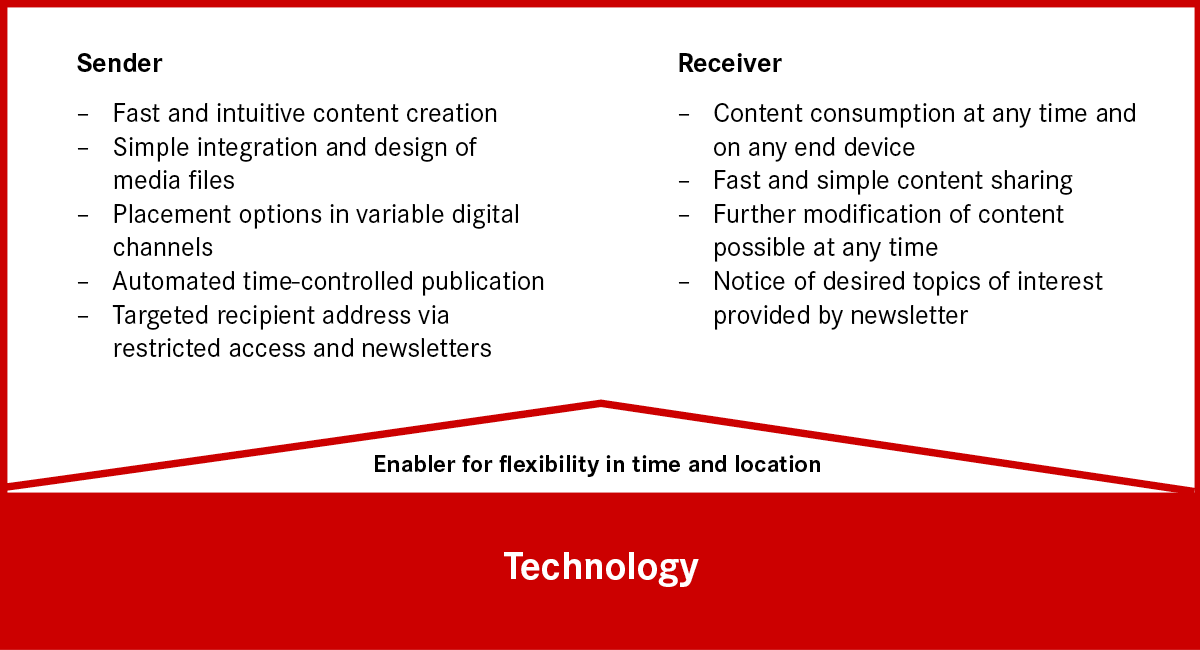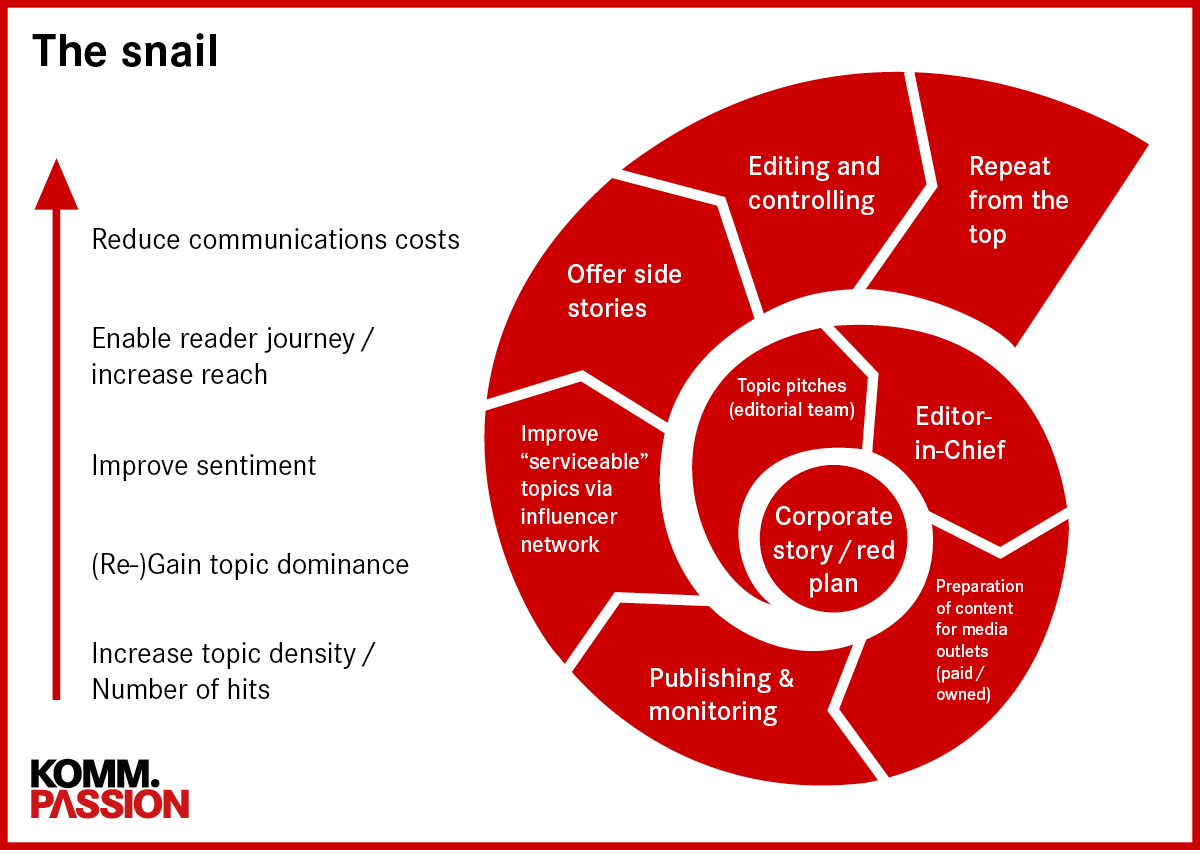We’ll spare you the familiar platitudes: Communication is becoming faster and faster. Communicators need to become increasingly flexible. And more efficient. Also due to the fact that target groups are becoming more and more heterogeneous and because it’s becoming nearly impossible to draw lines between channels – and communication only works cross-platform anyway. This is why many companies have introduced newsrooms. Up to this point it’s all old news. But we believe that this isn’t enough, and we would like to introduce you to a solution that takes the newsroom concept a step further – and simultaneously takes content, technology, and processes to a whole new level. A little spoiler: Today’s communicators aren’t only found in marketing and corporate communications.
| Name | Provider | Purpose | Duration |
|---|---|---|---|
| be_typo_user | komm-passion.de | Backend login | Session duration |
| PHPSESSID | komm-passion.de | User recognition | Session duration |
| cookieoption | komm-passion.de | Opt-in cookie stores the visitor’s cookie settings. | 30 days |
| watchedVideo_* | komm-passion.de | Store if the visitor has previously visited the website. If installed, the intro video is not displayed. | 30 days |
acceptIframe_* | komm-passion.de | Stores whether the user has allowed an iframe to be opened. | Session duration |






 komm-passion.de
komm-passion.de